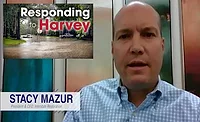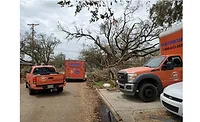How to Deploy Effective Hurricane Restoration Efforts
As hurricane season approaches, restoration and remediation professionals should brush up on proper techniques for effective disinfection and decontamination of water-damaged interiors.
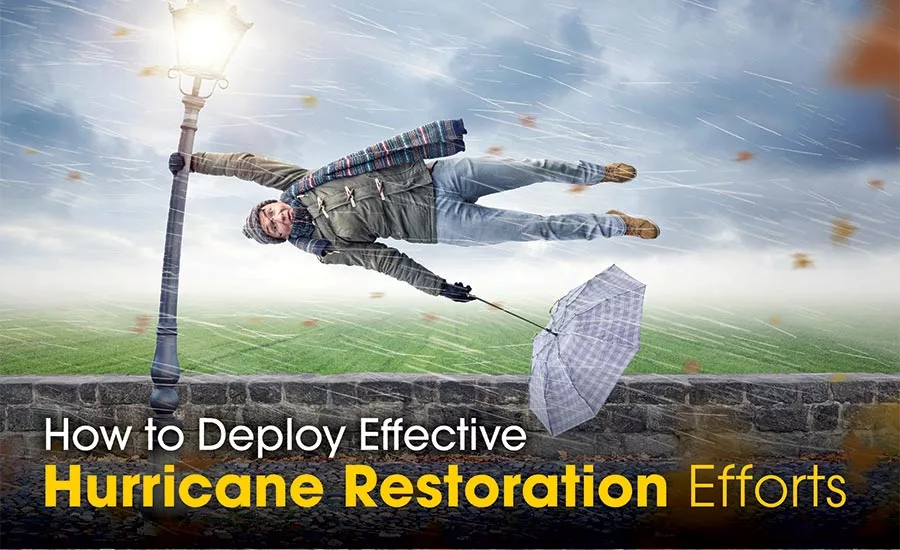
Hurricanes often leave behind some major damage. High winds, storm surges and battering waves can result in the destruction of homes and buildings, road and bridge damage, the erosion of coastlines, major flooding and loss of life.
Restoration after the storm is serious and important work that must be handled properly. And while we often think immediately about the physical damage left behind by hurricane-force winds, more lasting effects can result from flooding and improperly mitigated water damage that can occur in the impacted homes and structures. After the storm hits, water cleanup is critical, as floodwaters can contain any number of infectants. What’s more, if water is not cleaned and dried within a few weeks, mold growth should be expected, which can cause serious health risk within any structure if the mold continues unchecked.
Water and mold remediation work must be performed by following proper techniques, using the right disinfectants and sanitizers to ensure sanitization and that mold is eliminated completely. In recent years, this has only become more important, as the lasting effects of water damage and mold growth has been brought into sharper relief by numerous major storms where flooding has been a serious issue.
Water cleanup must be taken seriously. Here’s what restoration and remediation professionals should know to effectively combat the risks associated with floodwaters and mold growth in the wake of hurricane damage.
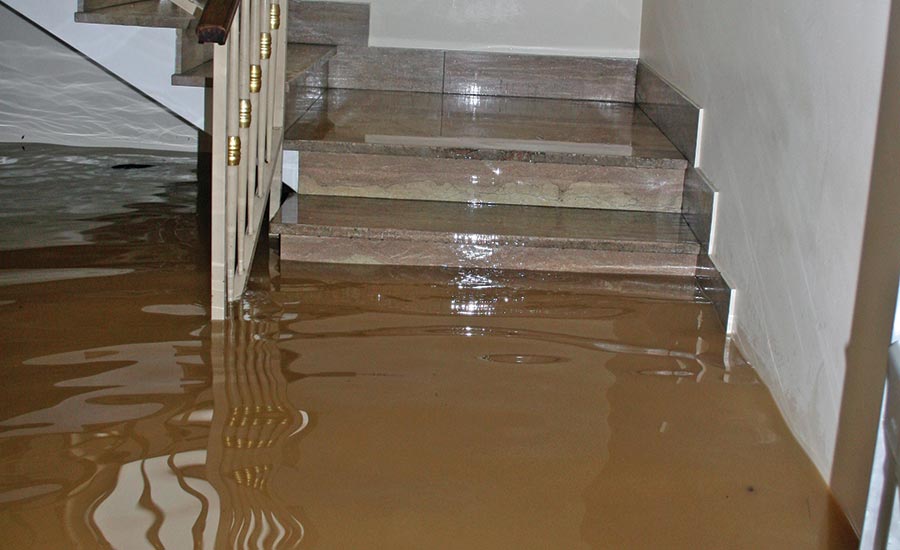
Impact of floodwaters and mold on structures
According to the Centers for Disease Control and Prevention (CDC), exposure to floodwater is a serious health risk, mostly because we don’t know what it may contain at any given time. In a flood event, the number of potential contaminants is extensive—human and livestock waste, medical and industrial waste, and coal ash are just some of the possibilities.
And when it comes to interior water damage, water is typically divided into three categories. Category 1 water does not pose a significant threat, and is typically thought of as “clean” water—it usually refers to water damage from a water supply line. Then there’s Category 2, or “grey” water, which carries microorganisms—toilet water, sump pump water, or discharge from dishwashers or washing machines.
Finally, there is Category 3, or “black” water, considered grossly unsanitary and typically the kind of water damage being dealt with during hurricane relief and remediation efforts. It includes water from sewage sources, seawater, or standing water, and is assumed to contain harmful bacteria and fungi that can cause serious threats to humans—things like West Nile virus, E.coli, Salmonella, tetanus and more can all be found in floodwaters.
In order to effectively combat the potential harm caused by black water and resulting mold on structure interiors, the right cleaners, sanitizers and disinfectants must be selected. There are a variety of options available on the market, but at minimum, professionals should seek products that are registered by the Environmental Protection Agency (EPA). Registered products have been proven as effective against biological contaminants, and can reliably disinfect and sanitize surfaces subject to microbial contamination.
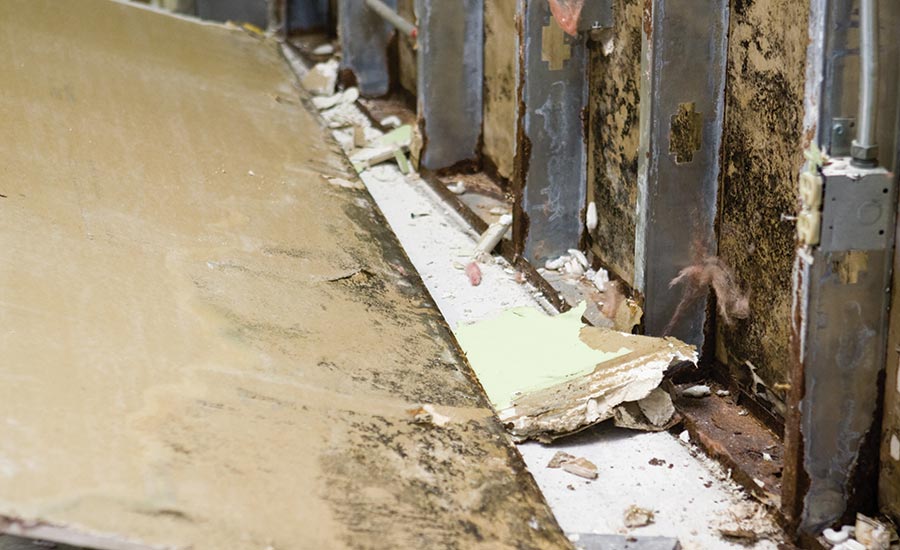
Following the proper method: Clean, Kill, Coat
After choosing the appropriate EPA-registered products, professionals tackling a water remediation project must follow the right steps to ensure a job well done.
Since mold formation is typical after hurricane-related flood damage, a three-step process should be followed in order to completely eliminate mold and to protect the home from future damage.
Clean. In an interior that has experienced flood damage, drywall or ceiling panels can sometimes be salvaged by using the right disinfectant product that is applicable to porous surfaces if completed within 72 hours. Most post-hurricane work isn’t completed within that window of time, however, so it’s usually necessary to tear out the damaged drywall and start from scratch.
After removing the drywall, beams and studs should be cleaned with a mold and mildew stain remover product. Available hydrogen peroxide-based cleaners are able to aggressively target stains from porous, semiporous and nonporous materials. Surfaces should then be dried before moving on to the next step.
Eliminate. Importantly, cleaning removes stains from the surface, but it doesn’t remediate any lingering mold or mildew spores. Step two involves treating the affected areas with the appropriate disinfectant sanitizer to eliminate microbial contamination.
This is the most important step, and selecting an EPA-registered product is critical. Lingering mold and mildew spores can cause health risks later down the line, even if surfaces appeared free of stains after cleaning or if a nonregistered disinfectant product is used. For restoration and remediation professionals, it’s important to educate customers here. Many available disinfectant products that can be bought off the shelf at big-box home stores aren’t up to the challenge of major disinfectant jobs like those seen after significant hurricane-related flooding—professional products are recommended.
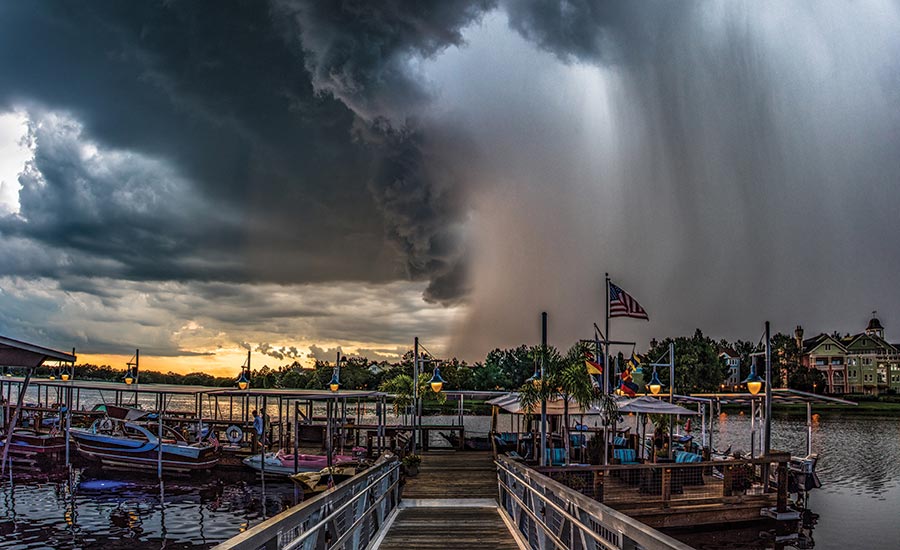
Additionally, if using a concentrated disinfectant, it’s paramount that the product is mixed with water from a clean supply, i.e., Category 1 water as referenced above. After a hurricane, it’s not always a given that the first available water source will be entirely clean, so some due diligence is required.
Coat. Finally, after potential microbial threats have been eliminated, surfaces should be treated with a final antimicrobial coating that inhibits any future growth and spread of mold and mildew. This final coating acts as a final layer of protection that offers homeowners and building occupants peace of mind long after the remediation job has been completed.
The aftermath of a hurricane is a trying time for the affected communities. It can be a time of confusion and chaos as families and building owners attempt to reconstruct and rebuild from the damage left behind. That’s why it’s so important that communities have access to the right products and technologies that can safely and effectively help toward those goals.
As coastal communities prepare for another hurricane season, remediation and restoration professionals can do their part with the right tools and techniques to help homeowners and property owners recover from flood damage.
Looking for a reprint of this article?
From high-res PDFs to custom plaques, order your copy today!




